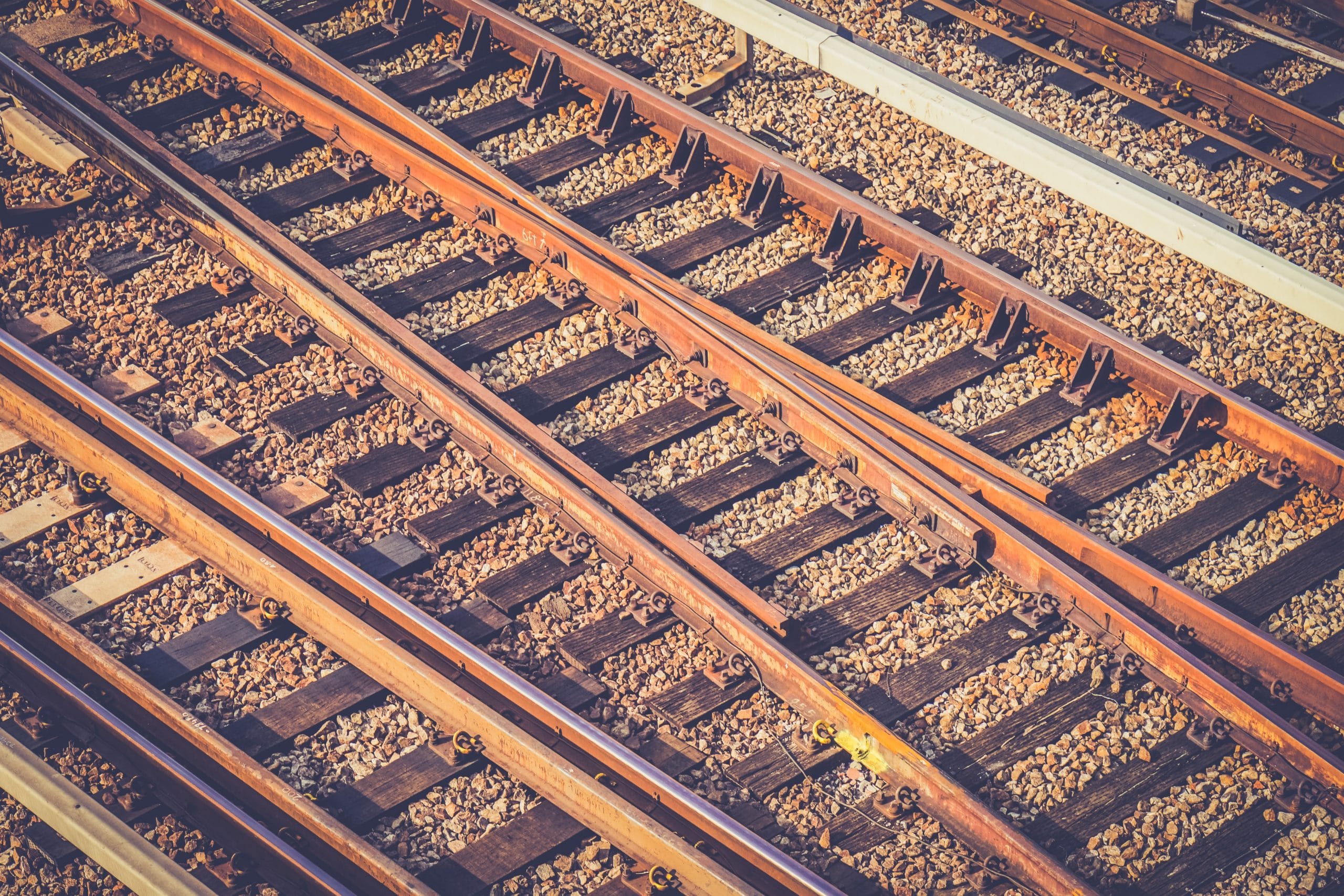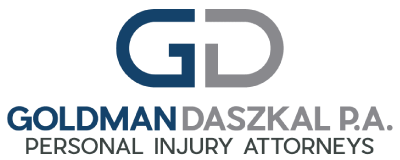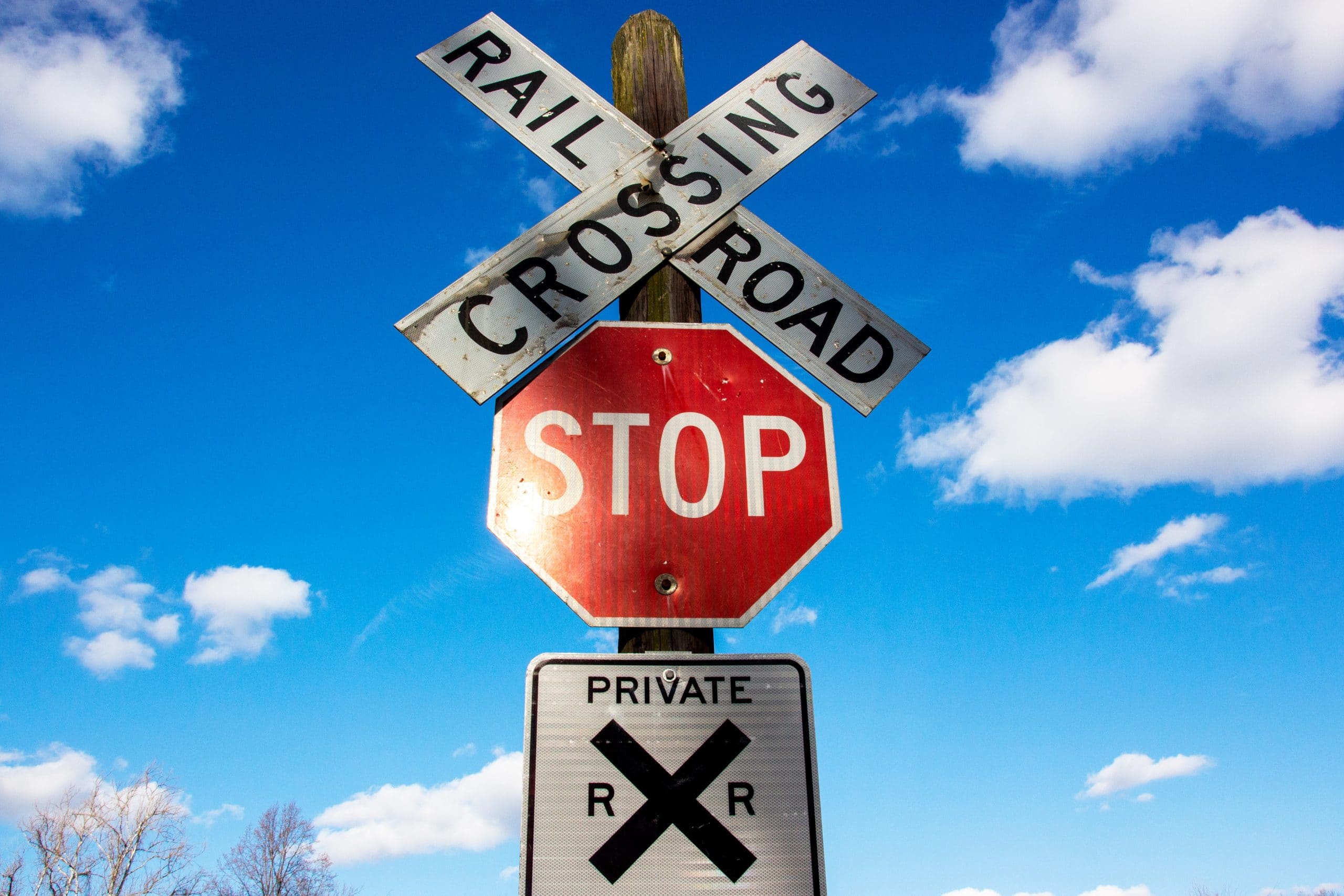Train Accidents
Train accidents are more common than you may think. Every year, according to the Bureau of Transportation, there are around 1,700-2,000 accidents involving trains across the U.S. These accidents may include collisions with motor vehicles, crashes with other trains, or disastrous derailments. And while every case comes with its own unique circumstances, it’s not uncommon to find preventable human error at the root of these situations.
Train Accident Attorneys
At Goldman & Daszkal in Florida, our attorneys have extensive experience in evaluating accident cases and holding liable parties responsible for damages. Train accidents can cause catastrophic injuries and result in long-term—sometimes permanent—losses. If you’ve suffered injuries in a train-related accident, know that our caring legal team has what it takes to speak on your behalf in insurance negotiations and, if necessary, in the courtroom.
Personalized Service for Your Unique Case
Our law firm is built on simple principles: honesty, trust, and tireless advocacy for our clients. We’re honored to get to know our clients as real people, which allows us to provide personalized support based on their individual needs. Please connect with us today to get started with a free, confidential consultation. We’re always here to help.
How Will I Be Reimbursed for Losses After a Train Accident?
Whether you and your legal representation end up in a settlement with an insurance company or you win a lawsuit, you’ll be compensated for all losses directly related to your accident. Compensation in these cases may include reimbursement for:
- Medical expenses
- Lost income from missing work
- Physical pain and suffering
- Psychological and emotional suffering

Common Causes of Train Accidents
At first glance, train accidents can appear relatively straightforward. After all, a train is on rails and going in one direction – how complicated can things get? But there are a wide range of potential causes of train accidents, some of the more common reasons include:
- Mechanical failure
- Poorly marked crossings
- Heavy cargo
- Operational error
- Ill-maintained tracks
It’s not unheard of that the accident is caused by a combination of the above examples. Poorly taken care of railroad tracks, for example, combined with overloaded or otherwise extremely heavy cargo could lead to a serious derailment.
Who May Be Held Responsible for a Train Accident?
It’s the responsibility of the National Transportation Safety Board (NTSB) to investigate train accidents and determine the accident cause as well as issue safety recommendations to ensure the prevention of accidents in the future. Their investigation may result in several possible outcomes, as it pertains to liable parties.
Parties that may be considered responsible in a train accident case may include the company that owns the tracks, the track manufacturer, the train company itself, the operator of the motor vehicle (in the case of a motor vehicle collision with the train), or even the manufacturer of the train’s parts.
Case Results
$762,500
Broken Hip
Pedestrian Parking Lot Accident
$850,000
Hit & Run
fractured skull, multiple broken bones & brain injury
$1,030,000
Auto Accident
Wrongful Death
$1,750,000
Slip & Fall
Heel Fracture with Surgery
$4,435,000
Auto Accident
Multiple Injuries-Leg Trauma / Mobility Issues
$3,200,000
Nursing Home Neglect
Wrongful Death
$3,200,000
Auto Accident
Internal Injuries / Wrongful Death
$2,700,000
Auto Accident
Confidentiality Agreement
$1,900,000
Product Liability
Crash Injury
Call for a Free Consultation with an Experienced Personal Injury Lawyer
For over 30 years, Goldman & Daszkal has provided Florida personal injury clients with extensive representation across a wide range of case types. Our passionate attorneys understand the complexities behind these cases—and will work with you every step of the way to settle or win your birth injury claim in court. Contact our office today to schedule a free and confidential consultation.

